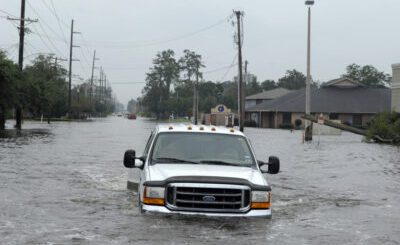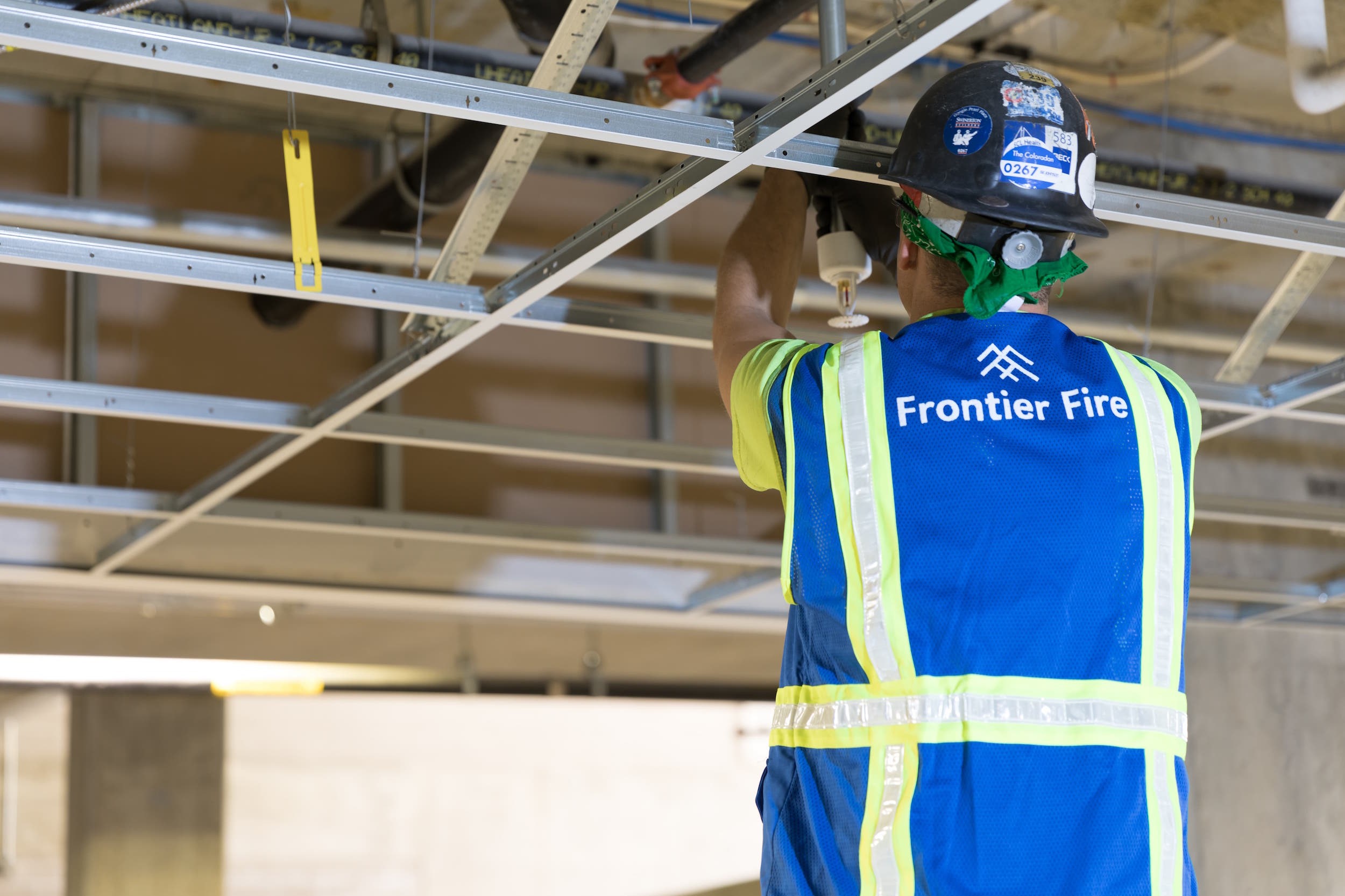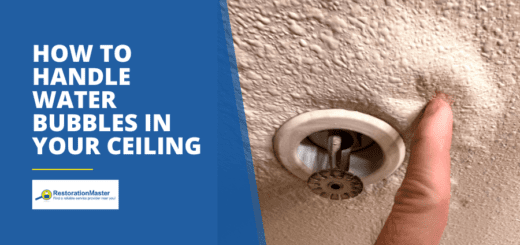How to Restore Water Damaged Popcorn Ceilings?
Key Highlights:
- A popcorn ceiling, also known as a textured or acoustic ceiling, features a bumpy or textured surface resembling popcorn.
- Similar to other ceilings, this type can be affected by roof leaks and water seepageSeepage is the slow movement of water or other fluids throug... More, leading to deterioration.
- To repairRepair is the act of fixing or restoring damaged property, m... More, address the underlying cause and apply a suitable patching compound, or consider replacement for the best outcome.
Popcorn ceilings add character to any room in the home. But like ceilings of all types, they are prone to water damage. You can restore water-damaged popcorn ceilings using the five tacticsTactics are the specific methods or actions used to achieve ... More that follow and continue to enjoy the visual upsides of this unique ceiling. If you find it difficult to resolve it on your own, do not hesitate to call water damage restoration experts.
What are Popcorn Ceilings?
A bumpy surface characterizes the popcorn ceiling, which typically consists of stucco or Styrofoam applied with a spray-on treatment. Popularized by home builders in the 1950s, popcorn ceilings are also known as acoustic ceilings, stucco ceilings, textured ceilings, or cottage cheese ceilings.
What are the Benefits of Popcorn Ceilings?
Several advantages come with installing a popcorn ceiling. Its thick, bumpy, textured surface hides imperfections, such as cracks or poor drywall. Simply sprayed on, the popcorn ceiling is affordable. Its sound-absorbing properties also improve indoor acoustics, making popcorn ceilings desirable.
What are the Downsides of Popcorn Ceilings?
While popcorn ceilings are inexpensive, they can be eyesores to some homeowners. The hollow crevices in the ceiling attract dirt. Spiders and other insects build nests in between the bumpy areas. Cleaning the popcorn ceiling is difficult as pieces can break off upon applying pressure.
The popcorn ceiling is also difficult to repairRepair is the act of fixing or restoring damaged property, m... More. Fixing leaks from major water damage, for instance, requires cutting the affected area and finding a matching color and texture to replace it. Starting from scratch is common, as identifying the exact brand and material can be a hurdle.
The Mystery behind Popcorn Ceiling Water Damage
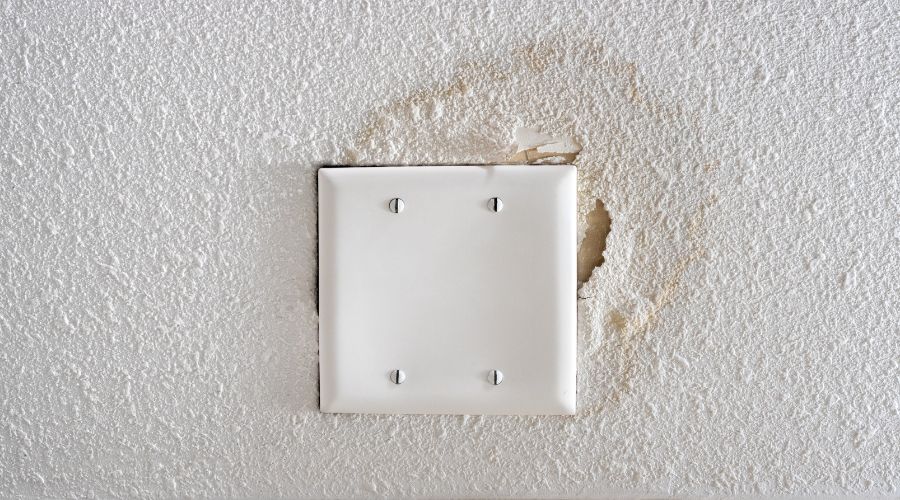
Water damage to popcorn ceilings often happens when there are leaks or too much moisture in the air. For example, if the roof has holes or isn’t sealed properly, water can seep through and soak into the ceiling. Similarly, leaks from plumbing, like burst pipes or dripping faucets, can cause water to collect and damage the ceiling from above. Sometimes, even just poor ventilationVentilation is the process of exchanging or circulating air ... More in a room can leadLead is a heavy metal that can be toxic to humans, especiall... More to moisture building up on the ceiling and weakening the popcorn texture over time. This can make the texture peel or sag, and if ignored, it can leadLead is a heavy metal that can be toxic to humans, especiall... More to stains, discoloration, and even structural issues.
How are Water-Damaged Popcorn Ceilings Restored?
A proven fix for popcorn ceilings that are only slightly damaged by moisture is applying a specialized repairRepair is the act of fixing or restoring damaged property, m... More spray. This repairRepair is the act of fixing or restoring damaged property, m... More tactic covers up the unsightly water damage. One application covering four square feet takes approximately two hours to dry.
Step 1: Wear Protective Gear
Gather the appropriate materials in preparationPreparation is the steps taken to ready a property, equipmen... More for the restorationRestoration is the process of returning a property to its pr... More. A tarp or large cloth is necessary to lay over the furniture or floor. Later steps require the use of goggles and a dust mask, which protect the homeowner from loose debris and breathing in dust.
Step 2: Repair the Water Source
The first step in restoring a water-damaged popcorn ceiling is to ensure it is dry. This requires repairing the water source. If the moisture leak remains unfixed, the water damage will continue or worsen and the treatment of the stains will be an ongoing task.
Step 3: Scrape the Damaged Areas
Slightly dampen the affected areas of the popcorn ceiling with a spray of warm water. Allow the moisture to penetrate for about five minutes. Use a putty knife to scrape away damaged, loosened, or stained ceiling areas. Hold a tray underneath to prevent a mess.
Step 4: Spray a Primer
Apply a stain-blocking primer. Choose a product that is specifically made for covering water stains. Oil-based primers are recommended for maskingMasking is the process of covering or protecting surfaces to... More stains. One coat of oil-based primer covers the water stain so that it no longer shows through. After the application, allow the primer to dry.
Step 5: Apply a Repair Spray
The final step in the restorationRestoration is the process of returning a property to its pr... More of the water-damaged popcorn ceiling is the application of a spray that recreates the bumpy texture. During the application, ensure the spray overlaps with the undamaged areas of the ceiling. This creates a well-blended, uniform look.
If moldMold is a type of fungus that grows in damp or humid conditi... More is found on your popcorn ceiling, read: Mold Removal Process from Popcorn Ceiling
Is it Okay to Paint Over a Popcorn Ceiling?
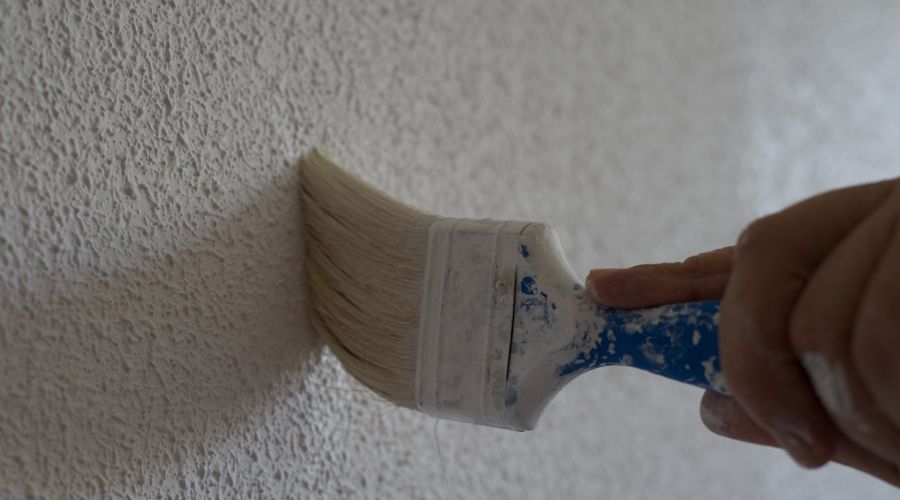
Yes, painting a popcorn ceiling is a practical maneuver, though not always the best solutionA solution is a homogeneous mixture of two or more substance... More. Prior to applying the paint, it is necessary to clean the ceiling. A clean ceiling surface gives the paint a better grip. Use a broom to sweep away dirt, cobwebs, dust, and other debris.
Use a stain-blocking primer to coat the water-damaged parts. Once the primer is applied, add the topcoat. Opt for a flat paint designed specifically for ceilings. Flat or matte is preferred for their ability to reduce light bounce. Paint sheens, like satin and eggshell, protect the ceiling from moisture.
Be aware that popcorn ceilings require more paint due to their highly absorbent properties. As a result, expect to apply multiple coats of paint rather than one heavy coat. While one gallon of ceiling paint covers 400-500 square feet on a flat ceiling, a popcorn ceiling requires double that amount.
Painting the popcorn ceiling is an easy, inexpensive, and fast solutionA solution is a homogeneous mixture of two or more substance... More. However, it brings with it a few downsides, such as serving as only a short-term fix. Plus, the textured appearance remains in place. Disturbing the surface can potentially leadLead is a heavy metal that can be toxic to humans, especiall... More to asbestos.
Homeowners who are frustrated with their popcorn ceiling may find the water damage to be a good excuse to remove it and opt for a flat ceiling instead. A flat ceiling can be achieved by removing the existing popcorn ceiling altogether and repainting.
Hire Experts for Water Damage Restoration
Water damage can range from a minor inconvenience to a major nightmare. When faced with any size of water damage, whether it’s on ceilings, hardwood floors, or near appliances, it’s essential to consult reputable water damage restorationWater damage restoration is the professional process of clea... More experts.
Skilled crews of water damage cleanup technicians promptly arrive to assess the extent of the damage. They set up cutting-edge water extraction equipment throughout the affected space to remove excess moisture. Powerful air movers and dehumidifiers are used to dry all furnishings and building materials.
The restorationRestoration is the process of returning a property to its pr... More process continues as specialists clean and restore damaged materials and possessions. Structural repairs are performed to promote safety and stability. Professionals also deep clean and sanitize affected areas. If moldMold is a type of fungus that grows in damp or humid conditi... More colonies have developed, restorationRestoration is the process of returning a property to its pr... More professionals provide effective mold remediation services. A rapid response helps prevent water damage from spreading and causing additional harm to your property.
Contact RestorationMaster For Water Damage Repair

If you’re facing water damage on your popcorn ceiling, RestorationMaster is the team to call. Our experts, certified by IICRC and accredited by BBB, specialize in repairing water damage, even on popcorn ceilings. We understand the unique challenges of restoring these surfaces and have the tools and expertise to get the job done right.
For people residing in New Jersey, can reach out to our our water damage repair professionals today for popcorn ceiling removal.










